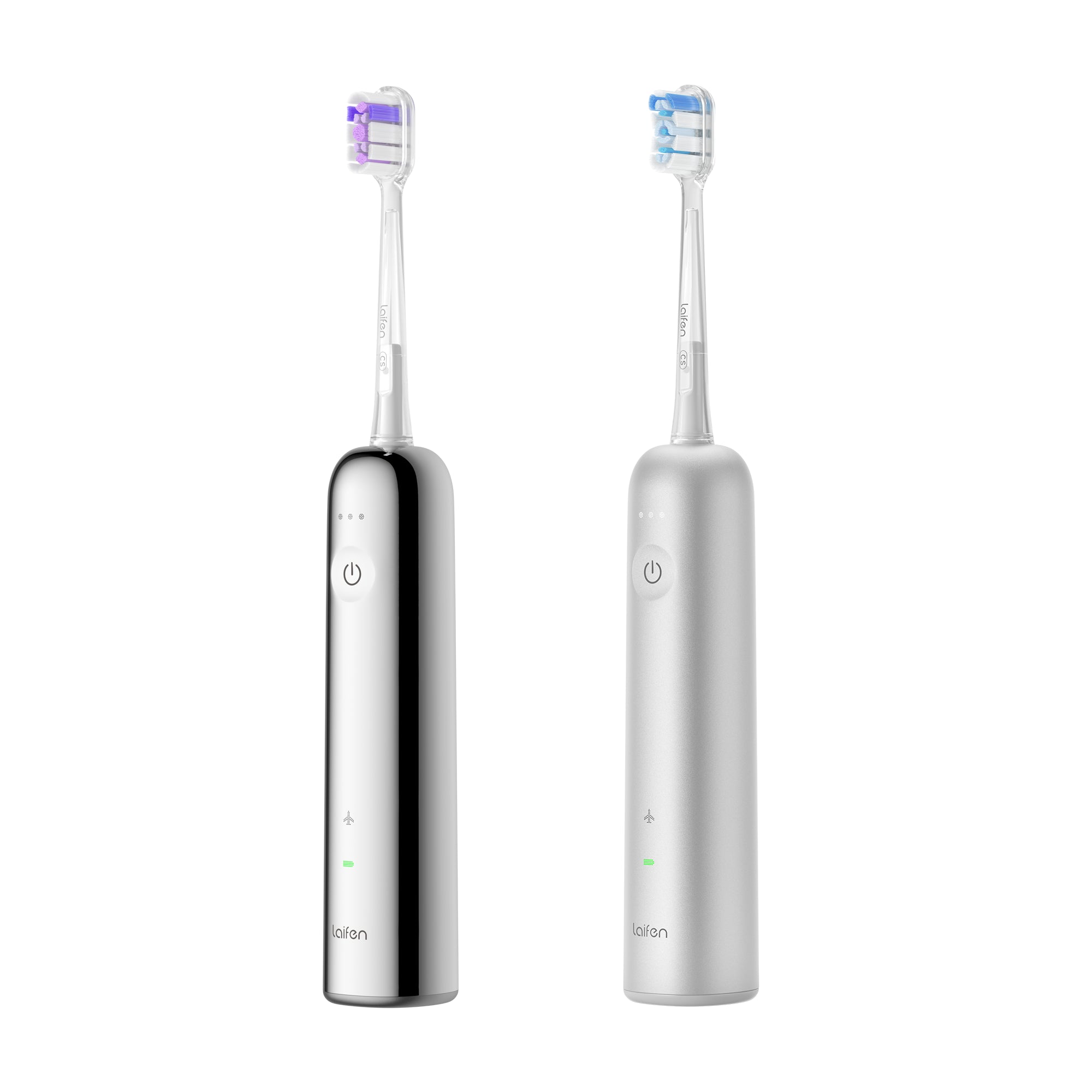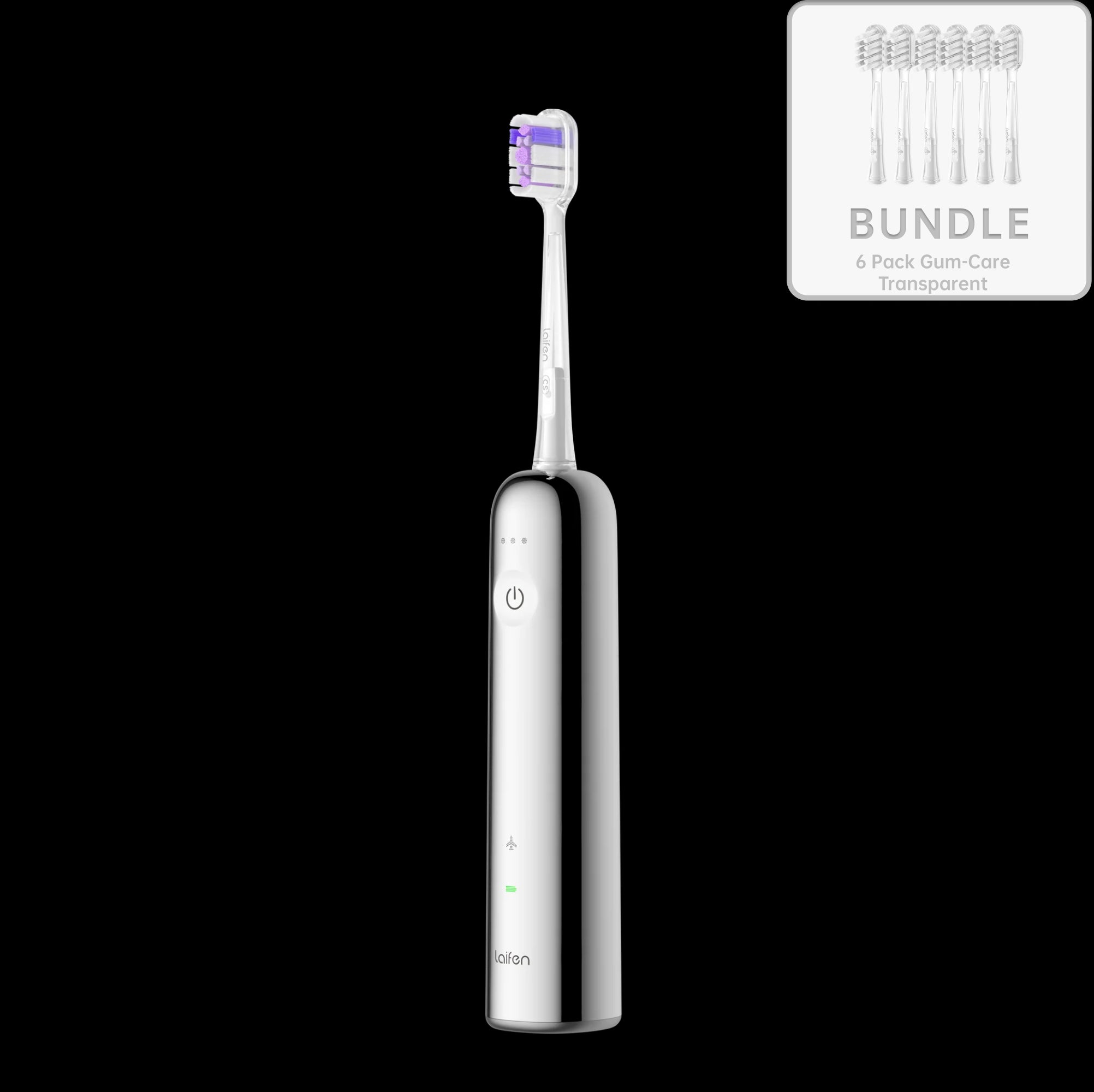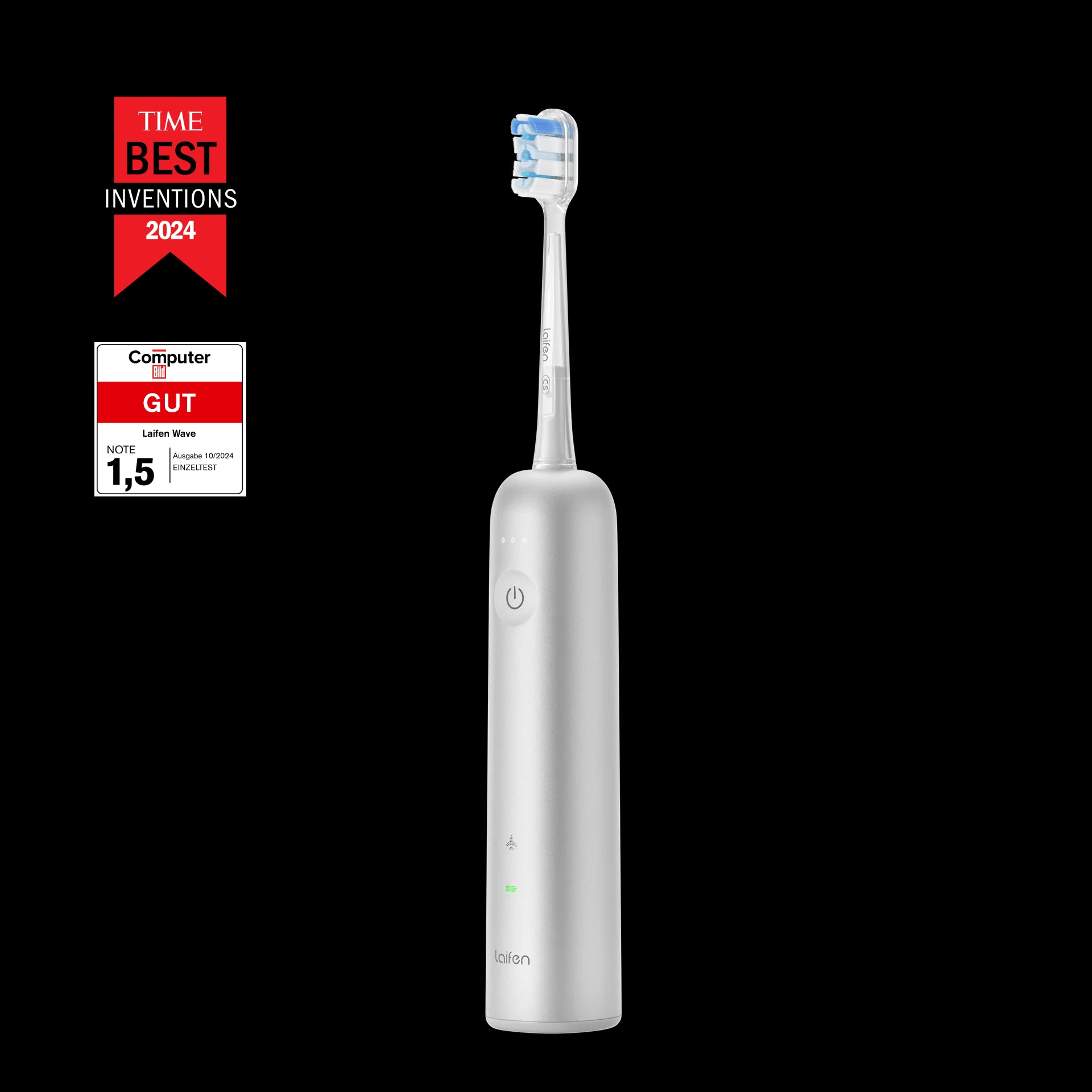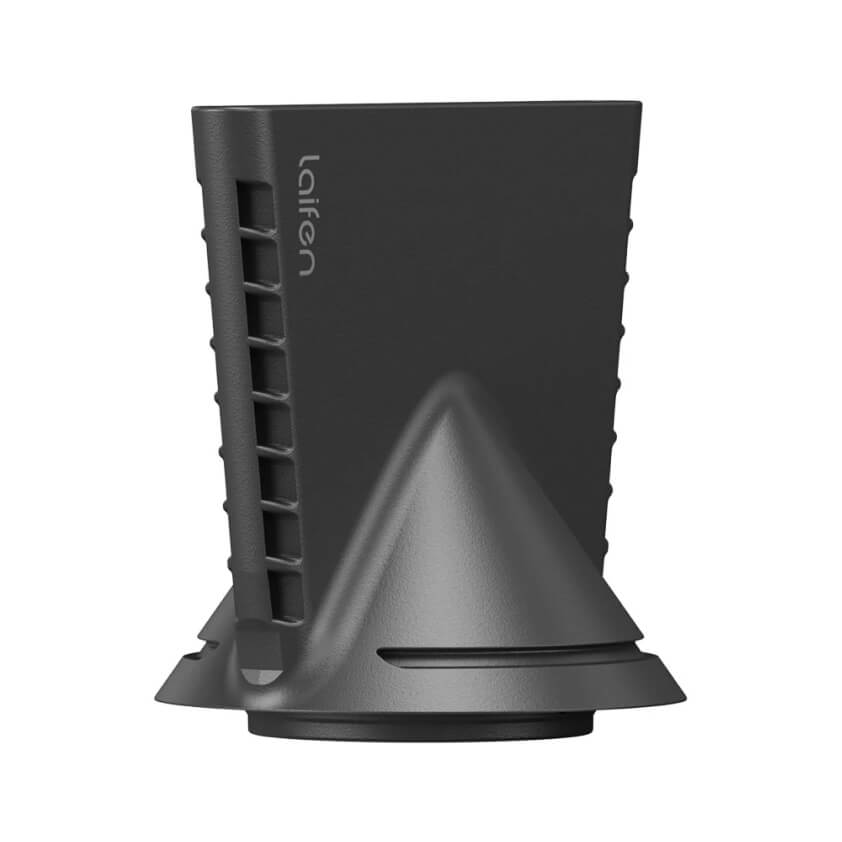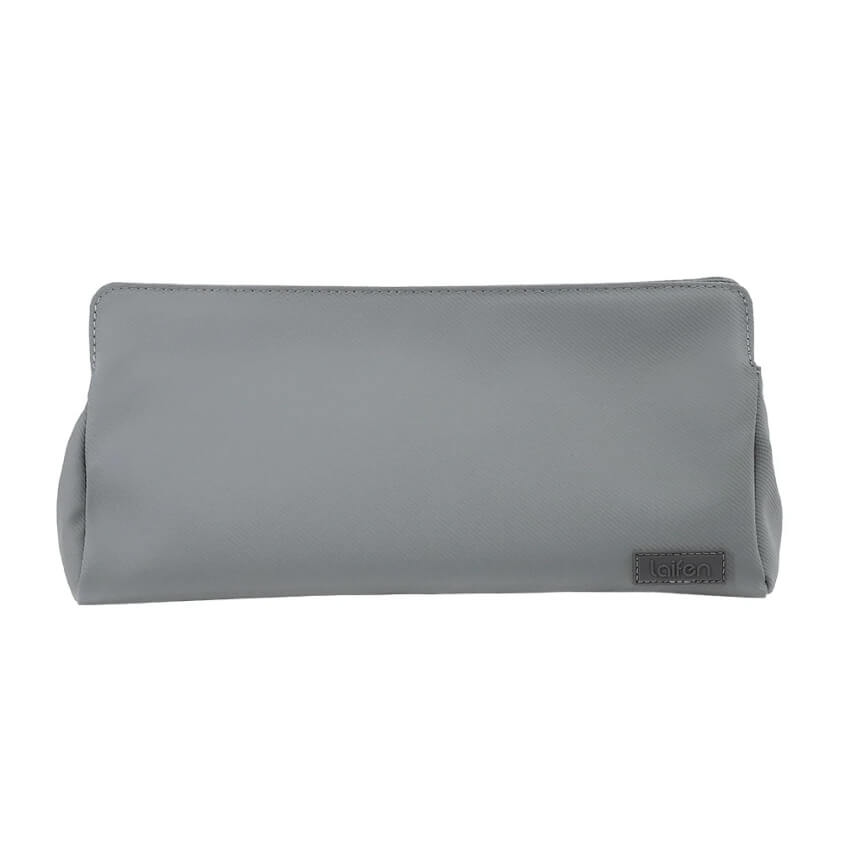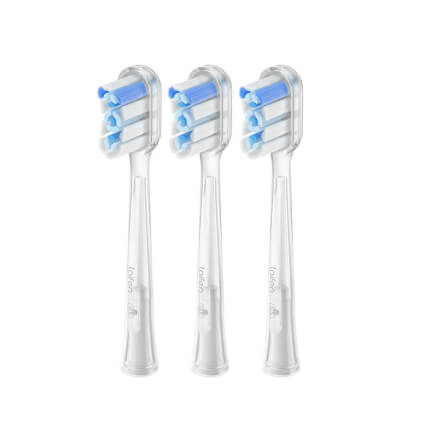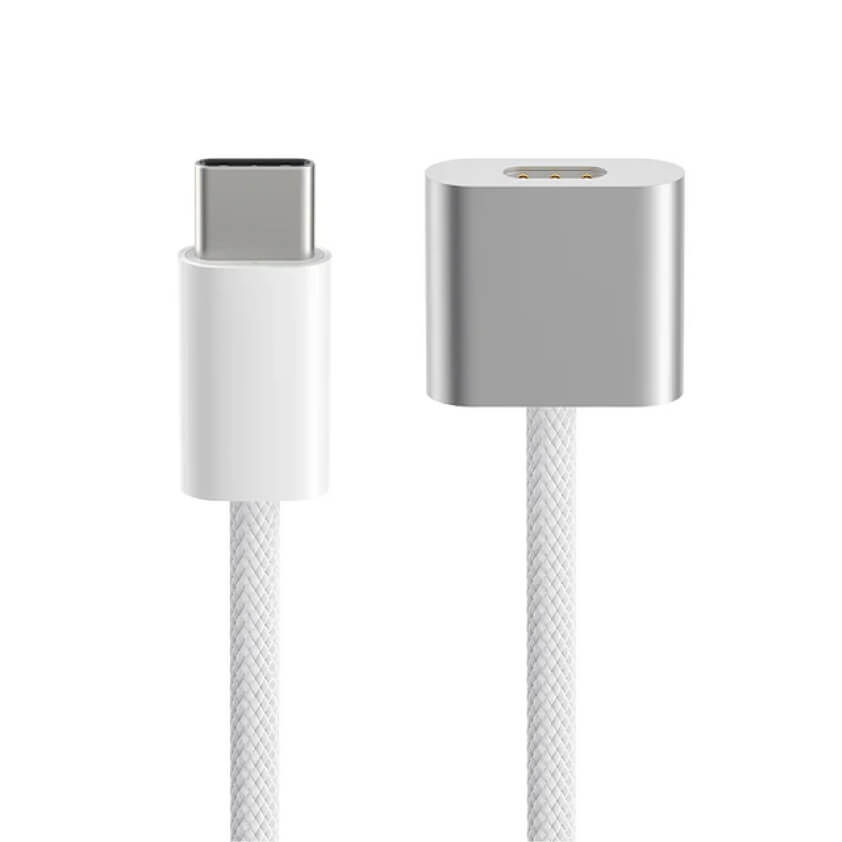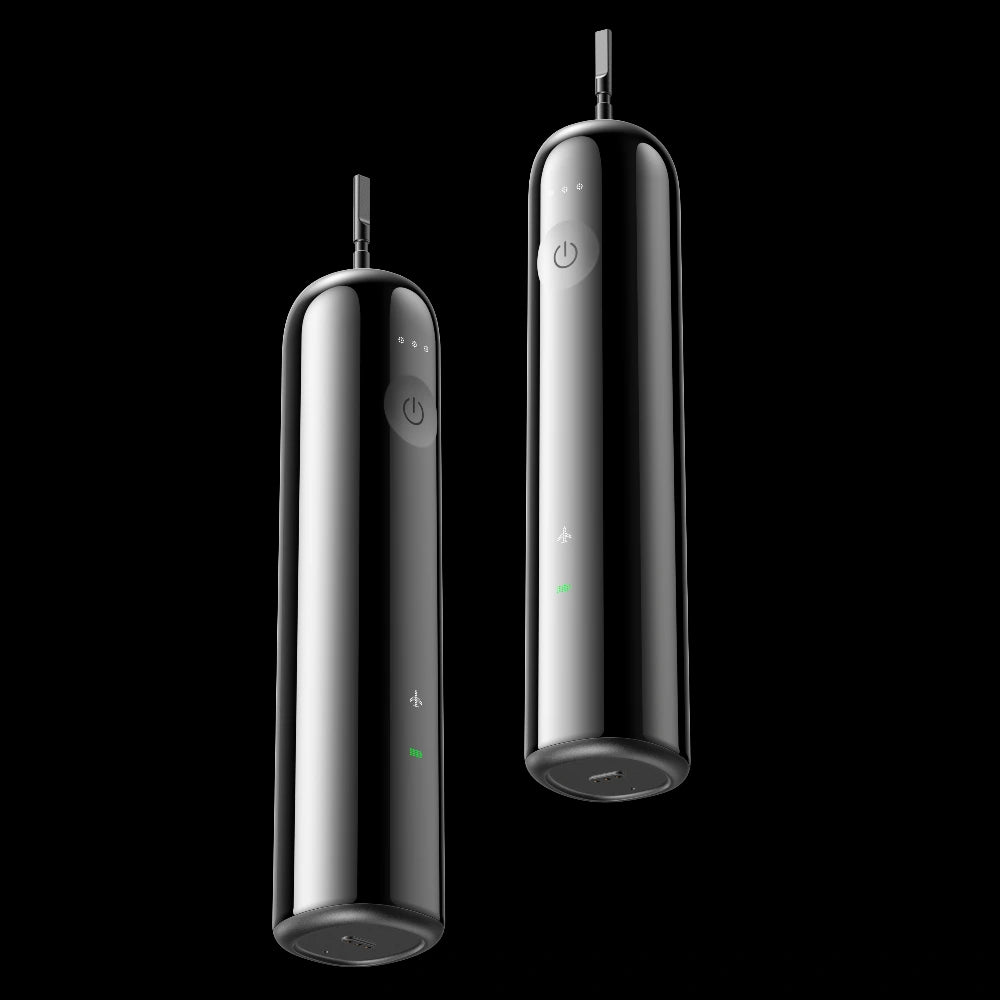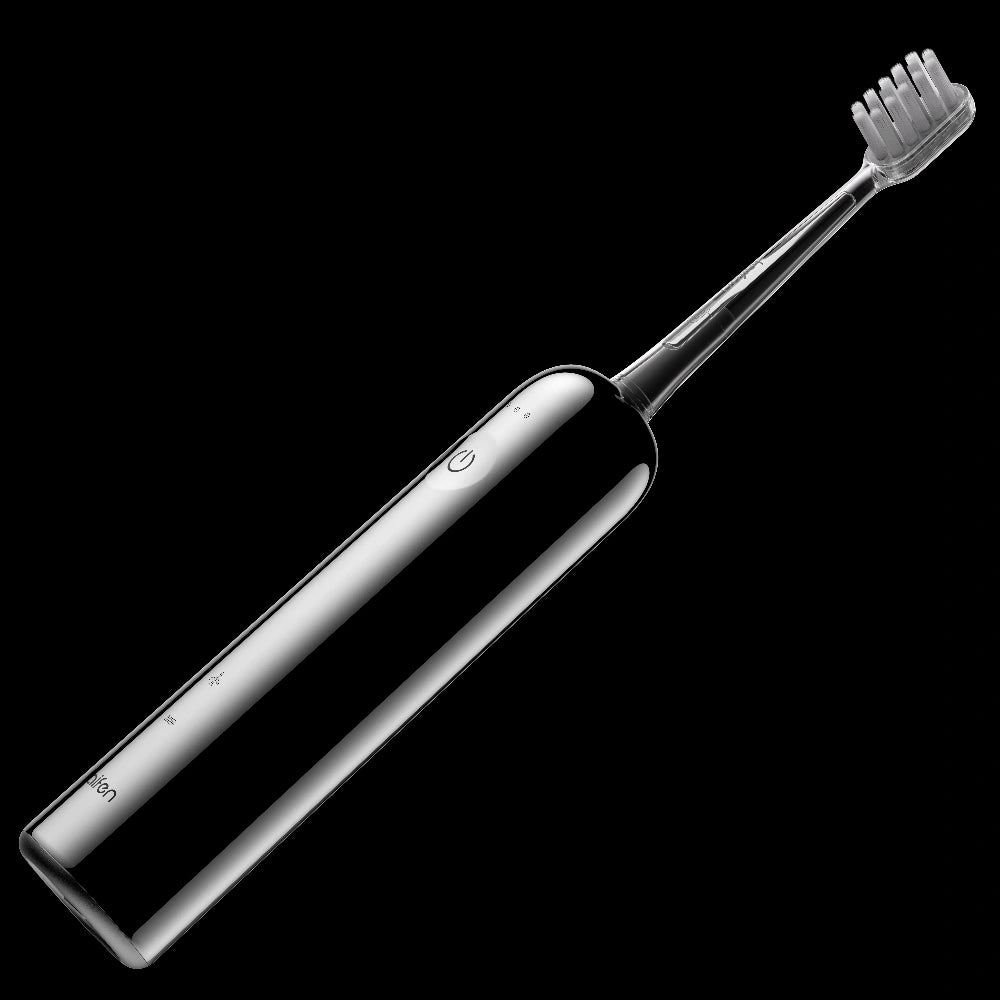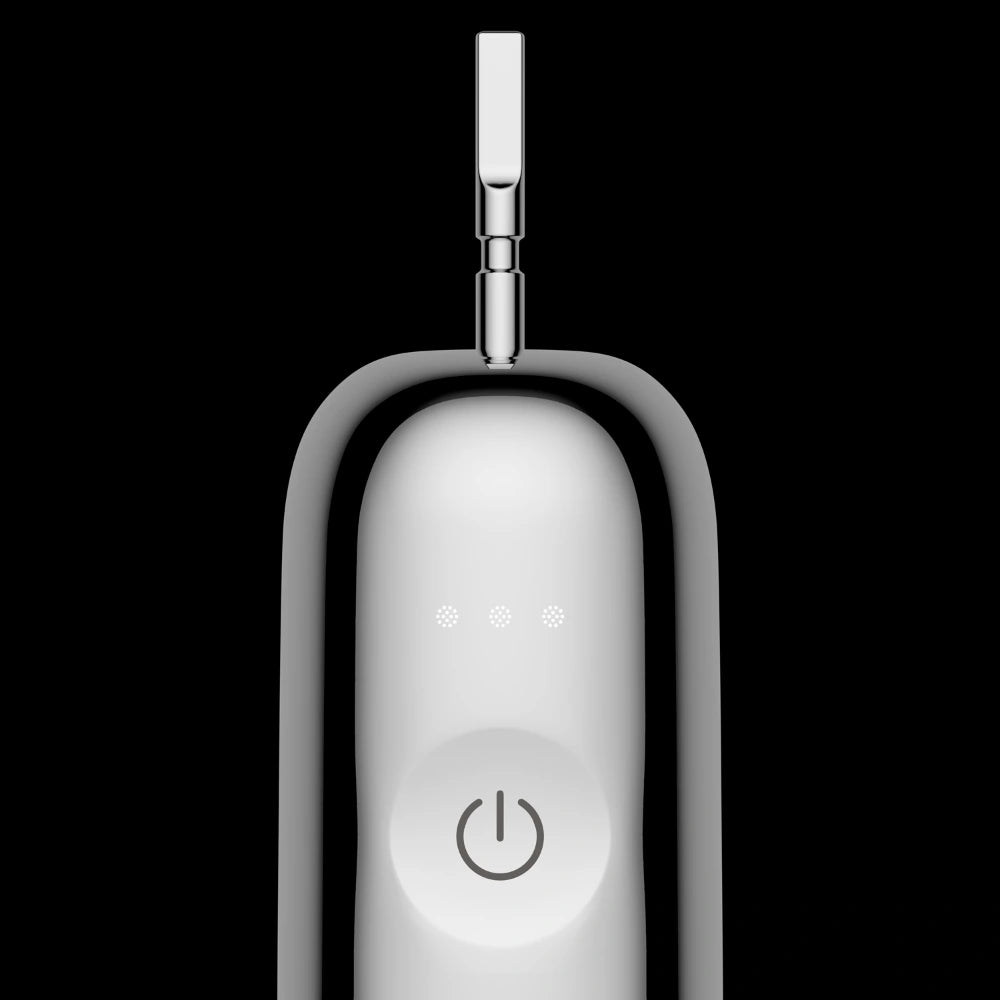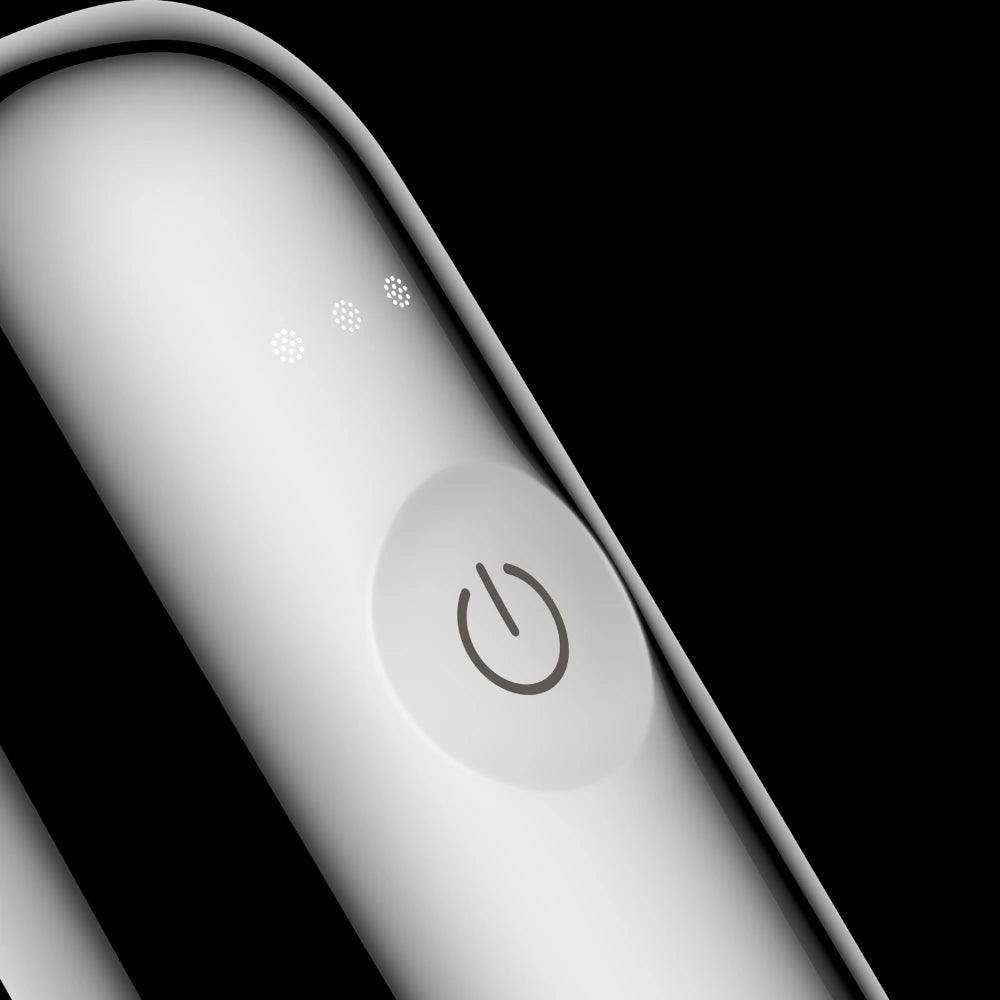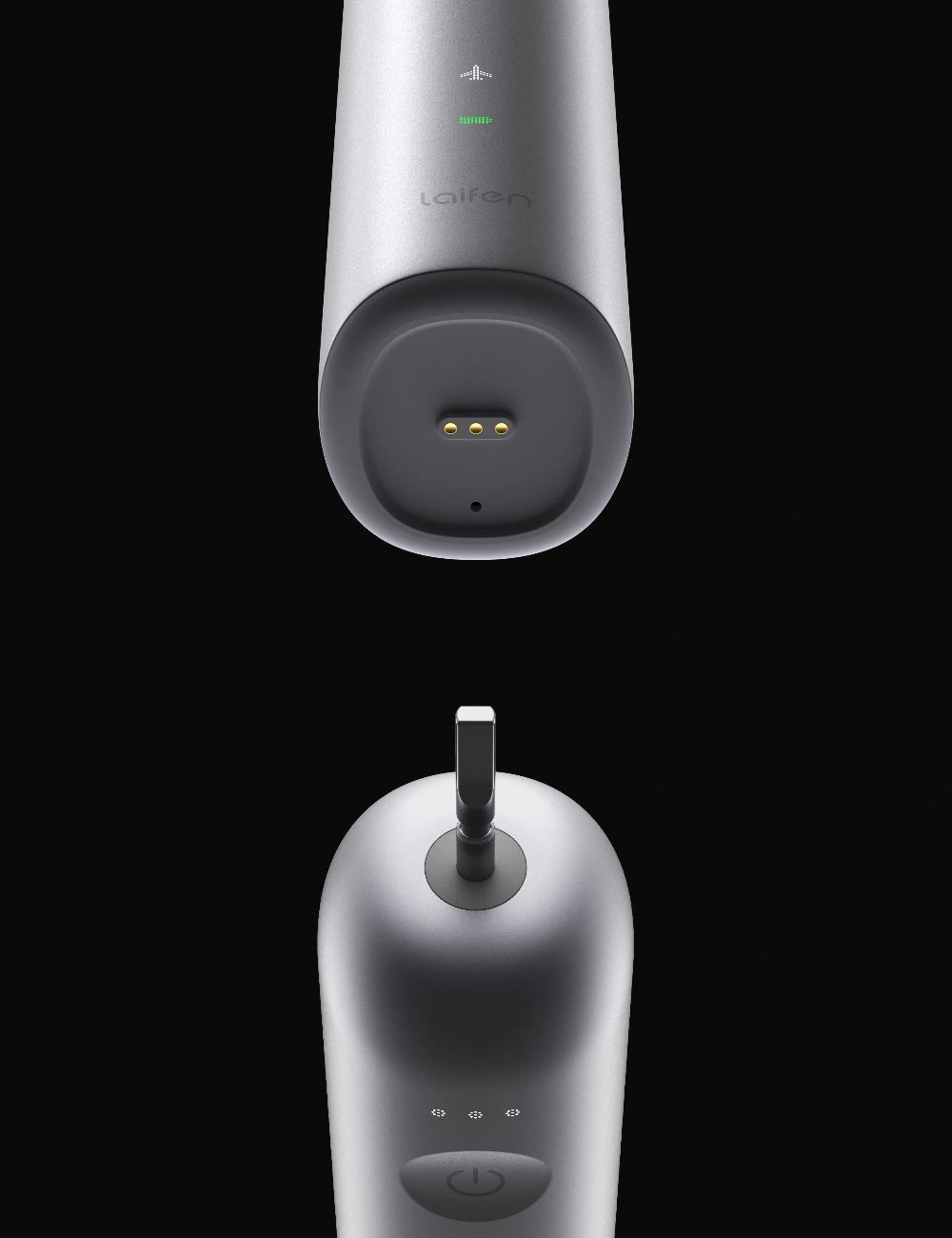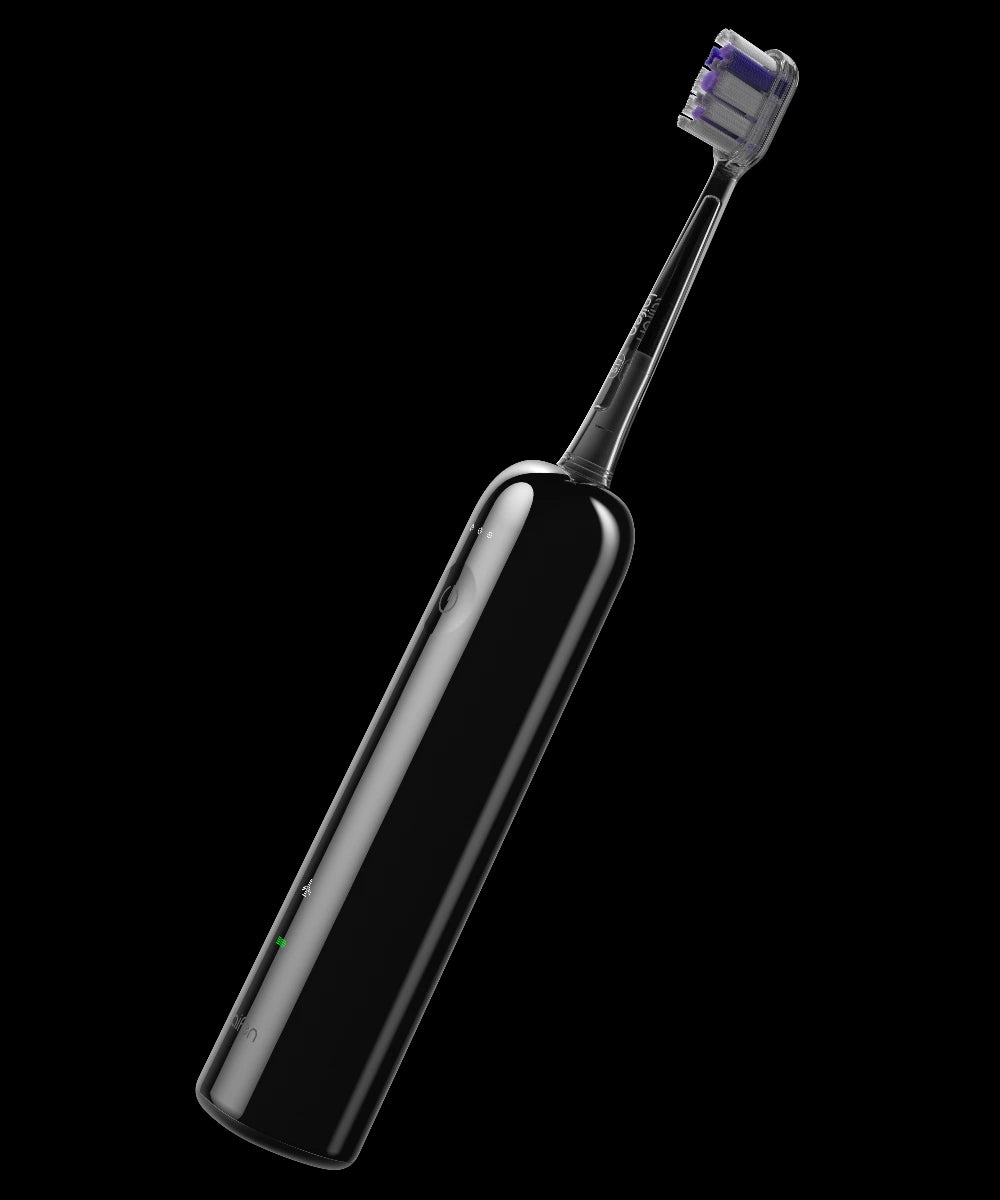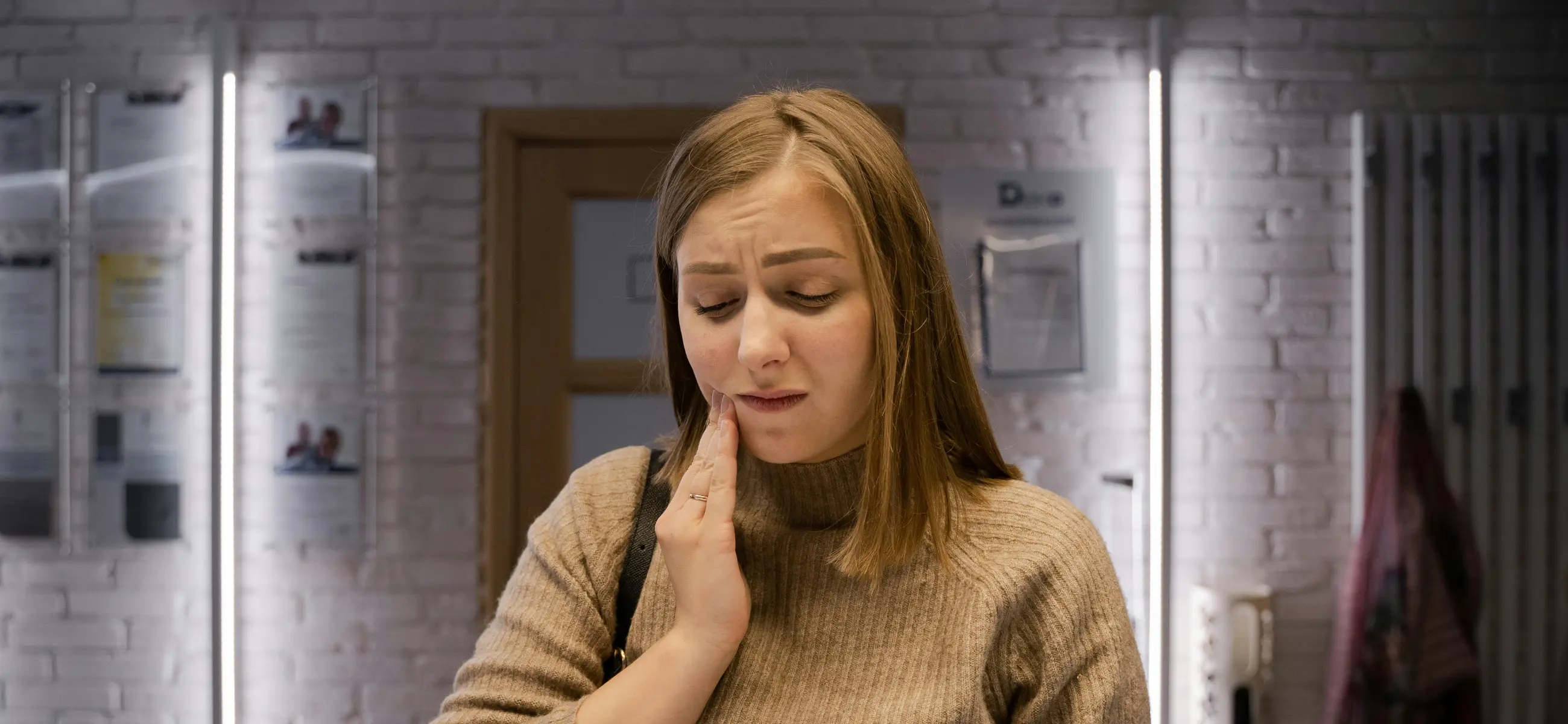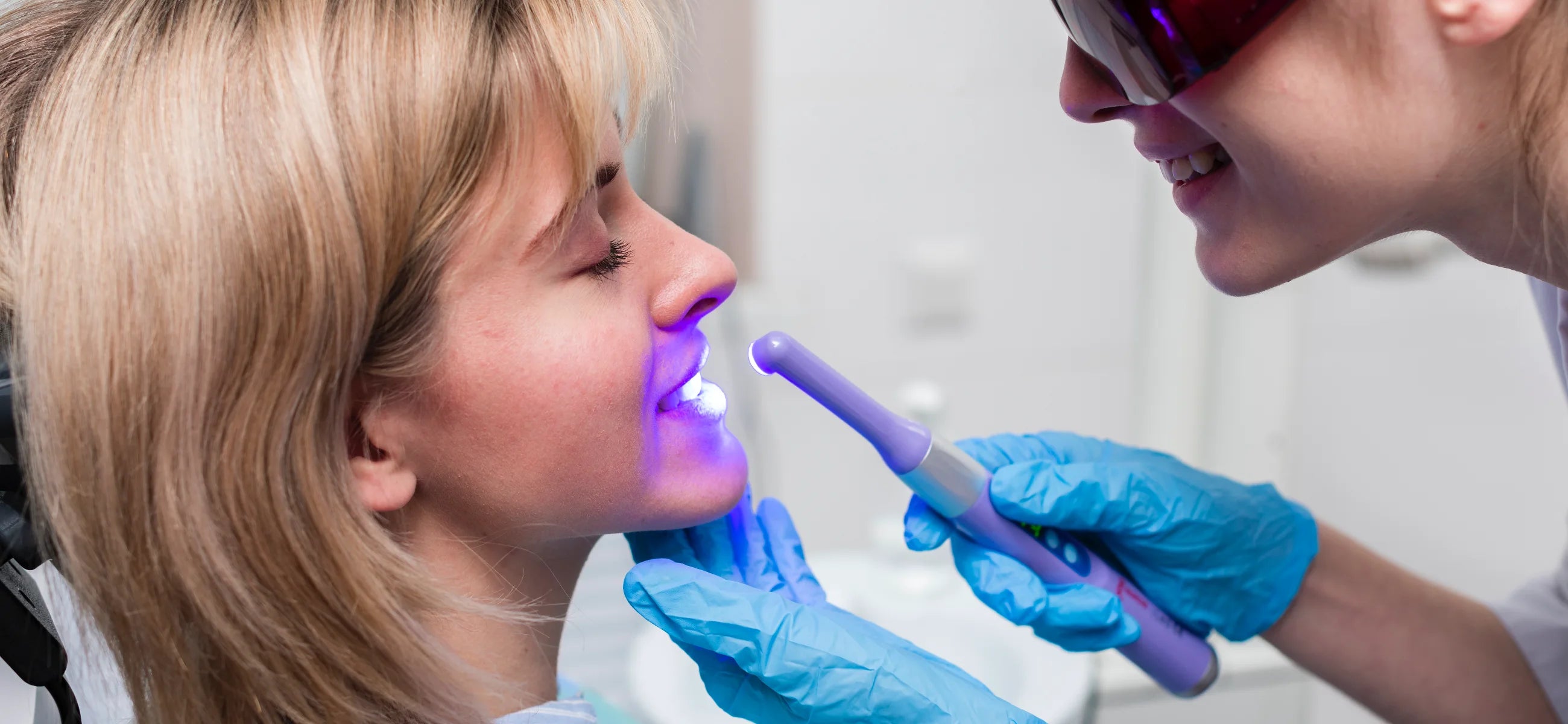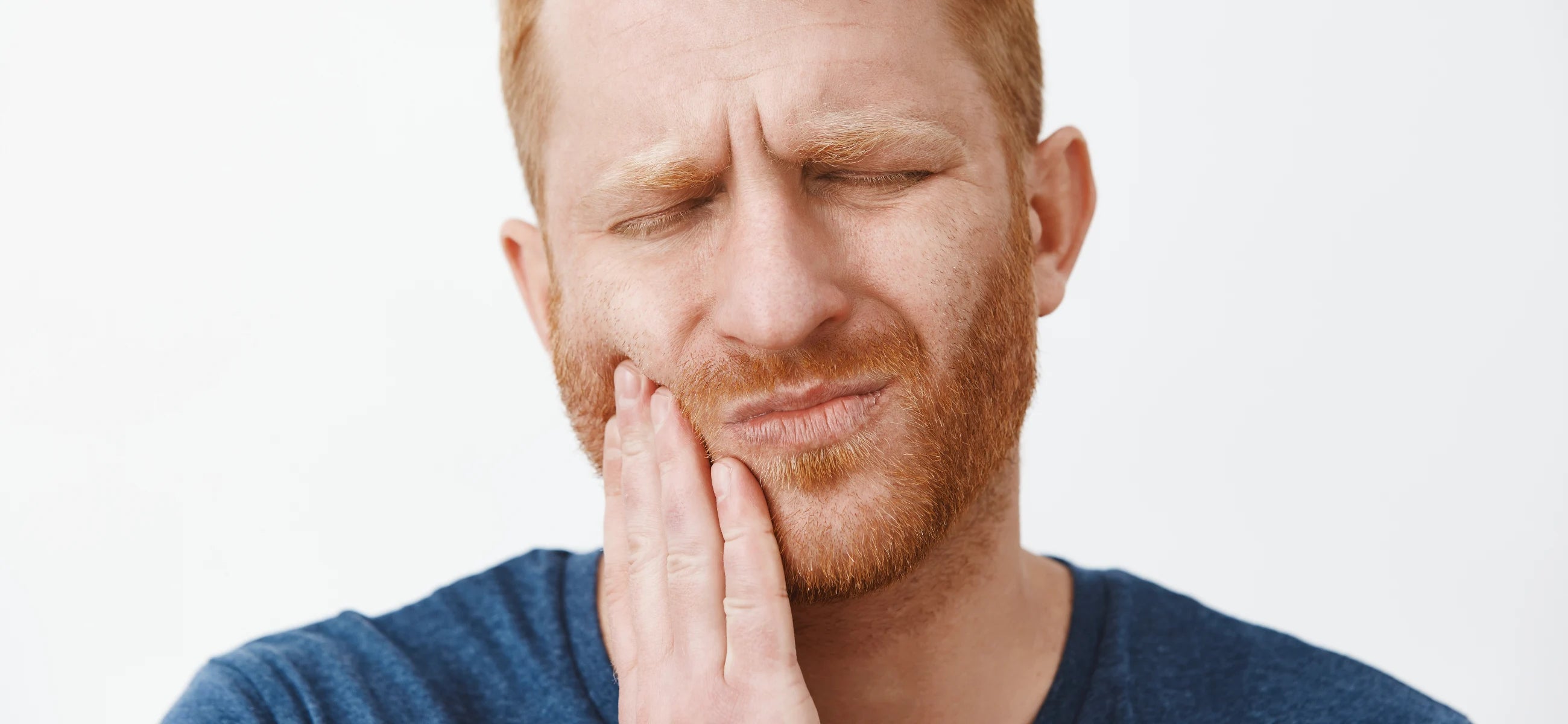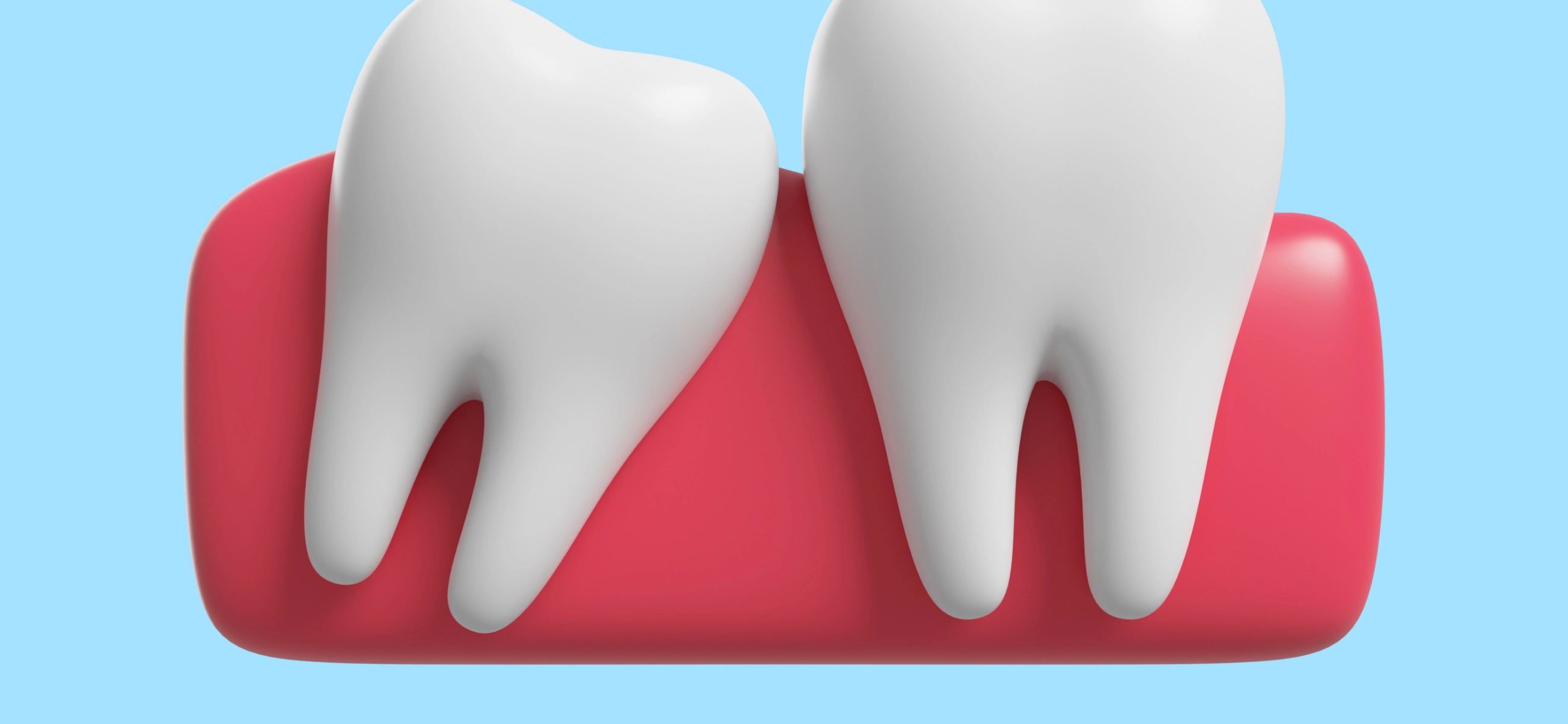
In this article
If someone reports that they have an erupted tooth, you might immediately squint and think that it sounds super painful. But in reality, tooth eruption is a completely normal process that children experience as a natural part of their development. Read on to find out what you need to know about teeth eruptions and when to seek help if something is potentially wrong.
What is an erupted tooth?
An erupted tooth is actually a normal stage of dental development. When you're a child, your baby teeth naturally fall out and are replaced by your adult teeth, which "erupt" from the gums.
Most children experience this from the age of 6 onwards and by the time they reach 13, they should have a full set of adult teeth.
Then, by the age of 17, the wisdom teeth (the back molars) may start to appear, causing a subsequent eruption that can come with complications.
The reason that wisdom tooth eruption is problematic is that there isn't sufficient space in your mouth to accommodate them. This is why many people have their wisdom teeth removed if they start causing issues in the mouth.
If wisdom teeth are left, they can lead to partial, painful eruptions that can affect your ability to speak, eat, and sleep.
Erupted wisdom tooth symptoms
The key thing to remember about wisdom teeth is that not everyone experiences problems with them. The issue arises when they erupt and try to displace the molars currently in place. Symptoms of wisdom tooth eruptions include:
-
Red and swollen gums towards the back of your mouth
-
Bleeding gums (What causes bleeding gums?)
-
Dull jaw pain (What results in jaw pain?)
-
Bad breath (How to stop bad breath?)
-
Difficulty opening your mouth
One of the issues with wisdom teeth is that you might not be able to see them coming. Before they erupt, they sit below the jawline, so you may just think you have a toothache.
Our advice is to schedule an appointment with a dentist if you think that your wisdom teeth are erupting, as they will be able to advise you should the teeth need to be removed.
How to treat partially erupted wisdom tooth
A partially erupted wisdom tooth can be extremely painful. When it erupts and begins to emerge in your mouth, the tooth tries to displace other teeth that have already set.
This friction causes swelling, inflammation, and even bleeding in some cases. It also results in severe toothache that can negatively impact your quality of life.
In the short term, you can apply a cold compress to the affected area to try and reduce the inflammation. You can also visit your local pharmacy to request some over-the-counter pain relief to try and manage the pain.
However, if you have experienced a partial eruption of a wisdom tooth, you really need to visit your dentist as soon as possible. They will advise you on the best way forward and help you to manage the pain until a wisdom tooth extraction can be undertaken.
Stages of tooth eruption
There are 3 distinct phases to tooth eruption:
Stage 1. Pre-eruptive
Stage 2. Eruptive
Stage 3. Post-eruptive
In most people, the pre-eruptive phase begins at around six months of age. This is where the primary teeth begin showing in the mouth.
Frankly, you don't need to worry too much about the stages of tooth eruption. Rather, it's helpful to know the following:
-
Most babies start receiving their primary teeth at around 6 months of age.
-
By 6 years of age, most children have a full set of primary teeth.
-
By 13 years of age, most children have a full set of adult teeth.
-
By 17 years of age, some people notice signs of wisdom teeth eruption. This can continue until the age of 21.
Conclusion
Though it sounds super serious, an erupted tooth isn't a serious dental condition itself. Rather, it's a perfectly normal stage of tooth development, beginning in early childhood and potentially continuing through to the age of 21.
The main issue with an erupted tooth is when it is a wisdom tooth, as there is no space in the mouth for the tooth to emerge. This can cause severe pain and various issues with your teeth and gum line, so it's really important to seek treatment, as your dentist may need to remove the affected tooth.
FAQ
Q1: What is the sequence of primary tooth eruption?
Primary tooth eruption begins at the age of 6 months and continues until around 6 years of age, when a child has a full complement of primary teeth. Then, adult teeth will start erupting until a child has a full complement of adult teeth, usually around the age of 13.
Q2: What to do with newborn tooth eruption?
Tooth eruption usually begins at around 6 months. There's nothing you can do about it as it's a normal process. However, you can invest in teething toys and aids to help your child work through the natural teething process with limited discomfort.
Q3: Is tooth eruption in adults painful?
Wisdom tooth eruption in adults (18-21) can be extremely painful. If you think that your wisdom teeth are erupting, you should contact your dentist to schedule a consultation.





